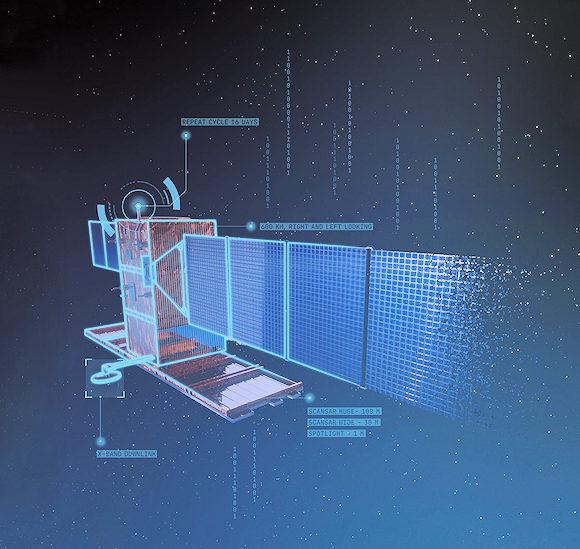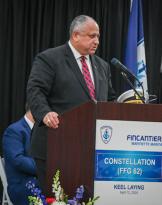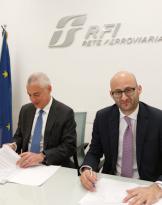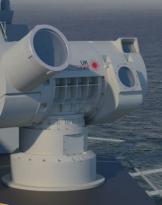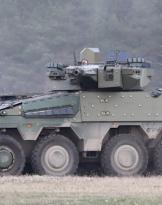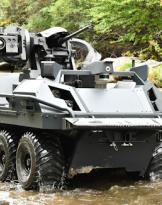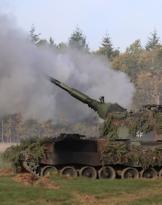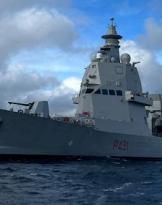Supercomputers, artificial intelligence and cloud aboard a constellation of cyber-secure satellites orbiting the Earth. This is the objective of the “Military Space Cloud Architecture” (MILSCA) study project assigned to Leonardo by the TELEDIFE contract management of Segredifesa as part of the National Military Research Plan (PNRM). For the first time in Europe, similarly to what happens with the terrestrial cloud, the project intends to define a space architecture capable of providing government bodies and national Armed Forces with high-performance computing and storage capacity directly in space.
The system, designed with models of cyber security integrated, will guarantee greater speed and flexibility in the processing and sharing of information. The Space Cloud, which will be tested through the creation of a digital twin of the architecture, will in fact be able to store over 100 Terabytes of data generated on Earth and in space on board each satellite of the constellation. It will be able to perform processing with a power exceeding 250 TFLOPS (250 thousand billion operations per second) at single precision, adopting advanced algorithms, which exploit artificial intelligence, machine learning and analysis of big data and communicating and exchanging data autonomously with other satellites.
Having a secure supercomputer and cyber archive system in space will in fact guarantee users access to strategic data such as communication, earth observation and navigation data, anywhere, even in the most remote places, and at any time. Not only that, a system of Space Cloud significantly reduces data processing times, processed directly in orbit, providing real-time information, thus facilitating multi-domain and multi-nation operations. Thanks to the transfer of only the information of interest to Earth, the transmission networks will be left free for other connections and the storage of data in orbit will also represent a useful back-up of the Earth's centers most exposed to natural disasters.
The project sees Leonardo at the forefront with the participation of j Telespazio and Thales Alenia Space. With a duration of 24 months, the study includes a first phase for the definition of the system architecture and a second phase that will end with the development of a digital twin of the satellite with the HPC together with the multi-constellation satellite terminal demonstrator for simulate, in a digital environment, the different application scenarios. These tests will be carried out thanks to Leonardo's supercomputer, il davinci-1, among the first HPCs in the world of aerospace and defense in terms of computing power and performance. The study will be a precursor to a further experimental phase which, if confirmed, will involve the deployment of a constellation of demonstration satellites in orbit.
Space Cloud is a hi-tech and multi-domain project, which exploits Leonardo's combined capabilities in data acquisition, management and cyber protection, Artificial Intelligence and supercomputing with HPC davinci-1; the development of MILSCA is the first project in the Space domain that fits within the growth guidelines of Leonardo's new Industrial Plan.
Simone Ungaro, Chief Innovation Officer of Leonardo, commented: “in a multi-domain scenario, management, security and rapid exchange of an ever-increasing quantity of data, many of which are tactical, become strategic elements for the country's defense. We will be the first in Europe to develop a Space Cloud project, demonstrating feasibility and benefits deriving from the use of an architecture of this type and enabling a new paradigm of cloud & edge computing. Leonardo's know-how will allow the development of a Space Cloud network to contribute to digitalisation and technological innovation processes, responding to the challenges of the future to guarantee the needs of government bodies and national Armed Forces".
The draft Space Cloud for Defense also lays the foundations for future uses in support of civil Earth observation programs and space exploration missions towards the Moon and Mars which could in turn benefit from an architecture of cloud computing in orbit to download and process data more quickly.

